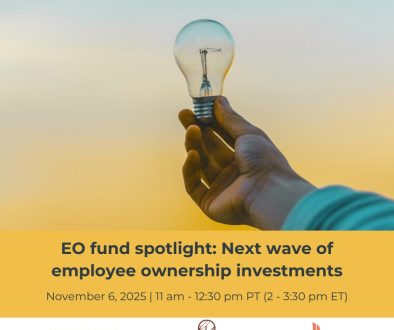Understanding ESOP Financing: A Guide for Founders and CFOs
Introduction
Transitioning to employee ownership can be transformative—but it requires thoughtful financial planning. Whether you’re a founder looking to exit, or a CFO evaluating your capital structure, understanding ESOP financing is key to executing a successful ownership transition.
Types of ESOP Financing
There are several ways to finance an ESOP transaction, depending on the stage of your business and the needs of your team:
- Seller Notes: The most common structure where the selling shareholder provides a loan to the ESOP, repaid over time.
- Bank Loans: Traditional lenders may offer financing to ESOPs, but often with strict terms or collateral requirements.
- Mezzanine Capital: A blend of debt and equity, offering flexibility without giving up control—ideal for mid-sized transitions.
At Liquidus, we specialize in tailoring the capital stack to fit the company’s strategy, people, and future.
Key Considerations for Founders & Finance Teams
Before moving forward, ask the right questions:
- What’s the right valuation for the business?
- How will cash flow support repayment?
- What legal, tax, and fiduciary considerations are involved?
- How do you balance founder liquidity with employee benefit?
What Makes Liquidus Different
Unlike traditional lenders or private equity, Liquidus focuses exclusively on employee-owned companies. We understand the nuance of ESOP structures and offer fit-for-purpose capital that aligns with your company’s long-term goals—not just short-term returns.
Real-World Examples
We’ve supported founder transitions, ESOP recapitalizations, and second-stage financing needs—each with a unique financial structure. Our approach is collaborative and built around the shared goal of sustainable ownership.
Conclusion
ESOP financing isn’t one-size-fits-all. It requires experience, creativity, and alignment. At Liquidus, we’re here to simplify the process and provide the capital you need to build a resilient, employee-owned future.



